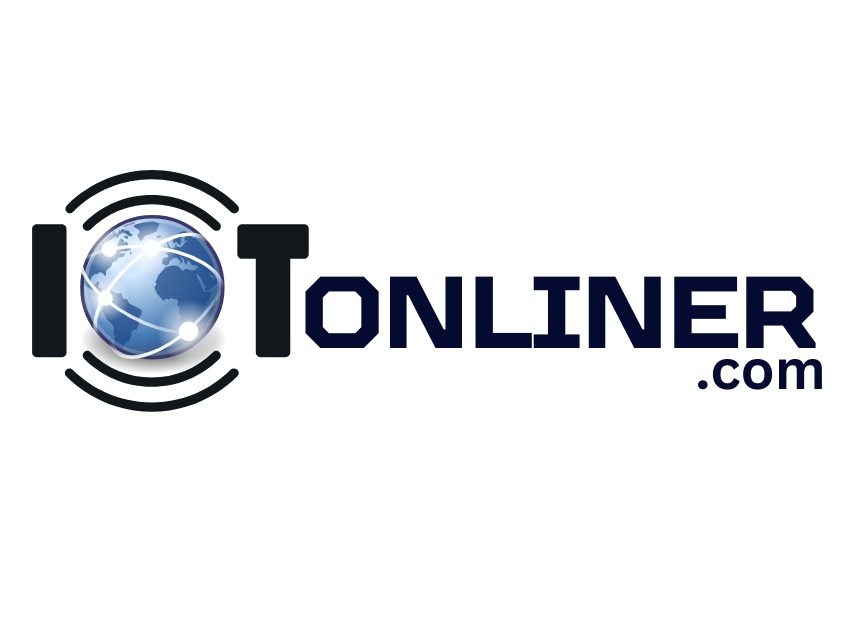details

Last year, in November 2017, during hub:raum IoT Academy in Athens, we had a pleasure to meet John Soldatos – Associate Professor at Athens Information Technology. He was our speaker at the event and spoke about the emerging Edge Computing & 5G technology, which prove to be a powerful digital mix for IoT. Today, we would like to share his predictions on the Top IoT Trends for 2018.
IoT is nowadays driven by accelerated advances in technologies such as Artificial Intelligence (AI) and blockchains. The latter boost the autonomy and smartness of Internet-connected objects, while at the same time enabling sophisticated applications that were hardly possible a few years ago. However, IoT is no longer about interconnecting and integrating numerous things within a cloud in a scalable, reliable and cost-effective way. Rather, it also stems from the employment and orchestration of smart objects (e.g., industrial robots and cyber-physical systems) and smart contents (e.g., augmented reality). A relevant paradigm shift is on-going and discussed during major IoT events, such as the hub:raum IoT Academy that was organized by hub:raum (the incubator of Deutsche Telekom) and COSMOTE in Athens last November, where I had the honor to be a speaker.
At the dawn of 2018, I have much better outline of the trends that will be shaping IoT technologies and applications during the year, but also in the years to come.
In 2018 we will see a proliferation of IoT applications that use smart objects i.e. “things” with semi-autonomous behavior. Typical examples of such “things” include industrial and socially assistive robots, autonomous vehicles, smart machines and more. Smart objects will open a new horizons to automation in industrial plants, factories, warehouses, smart homes and more. At the same time, they will introduce changes to conventional cloud architectures for IoT systems, as they latter need to be revised in order to enable the integration and cooperation of between cloud-based deployments of numerous passive sensors and the emerging smart objects.
Commenting is limited to those invited by others in the community
Login to continue or learn more.





No comments yet.